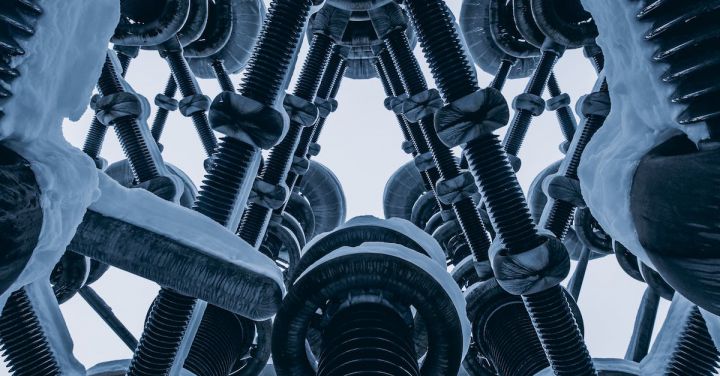High-speed trains have revolutionized the way we travel, providing a faster and more efficient mode of transportation. These trains are capable of reaching speeds of up to 300 miles per hour, drastically reducing travel times and increasing accessibility between cities. But how exactly do these high-speed train technologies work? In this article, we will delve into the various components and mechanisms that make high-speed trains a reality.
Magnetic Levitation (Maglev) Technology
One of the most advanced high-speed train technologies is magnetic levitation, or Maglev. Unlike traditional trains that run on tracks, Maglev trains float above the rails using powerful magnets. This eliminates the friction between the train and the track, allowing for smoother and faster travel. Maglev trains are propelled forward by electromagnetic forces, enabling them to achieve incredibly high speeds. This technology is still in its early stages, but it holds great promise for the future of high-speed rail.
Electric Propulsion Systems
High-speed trains are powered by electric propulsion systems, which are more efficient and environmentally friendly compared to traditional diesel engines. These systems use electric motors to drive the train forward, relying on a combination of overhead power lines and onboard batteries for energy. The electricity is converted into mechanical power, which propels the train and enables it to reach high speeds. Electric propulsion systems not only reduce carbon emissions but also provide a smoother and quieter ride for passengers.
Aerodynamic Designs
To minimize air resistance and maximize speed, high-speed trains are designed with sleek and aerodynamic shapes. These designs reduce drag, allowing the train to move through the air more efficiently. The front of the train is typically pointed, with a streamlined profile that minimizes turbulence. Additionally, the train’s body is often tapered at the ends to further reduce drag. By reducing air resistance, high-speed trains can maintain their high speeds while consuming less energy.
Advanced Train Control Systems
High-speed trains rely on advanced train control systems to ensure safety and efficiency. These systems use a combination of sensors, computers, and communication devices to monitor the train’s speed, position, and other important parameters. By constantly analyzing data, the train control system can make real-time adjustments to optimize performance and maintain safe operating conditions. This includes regulating the train’s speed, managing acceleration and deceleration, and coordinating with signaling systems to prevent collisions.
Infrastructure Upgrades
Building a high-speed rail network requires significant infrastructure upgrades. This includes laying dedicated tracks that are designed to accommodate high-speed trains. These tracks are built to higher standards, with smoother curves and gentle slopes to allow for faster speeds. Additionally, high-speed rail lines often require new bridges, tunnels, and stations to support the increased demand and facilitate seamless transfers. Investing in infrastructure upgrades is crucial for the successful implementation of high-speed train technologies.
Conclusion: Unlocking the Future of Transportation
High-speed train technologies have the potential to transform the way we travel, offering a faster, more efficient, and sustainable mode of transportation. From magnetic levitation to electric propulsion systems, these technologies are constantly evolving and pushing the boundaries of what is possible. By understanding the various components and mechanisms behind high-speed trains, we can appreciate the engineering marvels that allow us to move quickly and seamlessly between cities. As investments in high-speed rail continue to grow, we can look forward to a future where travel is faster, more convenient, and environmentally friendly.





